Japan allowed cars without rearview mirrors
Installing displays increases safety and improves aerodynamics, and the unmanned car doesn’t need a mirror at all.
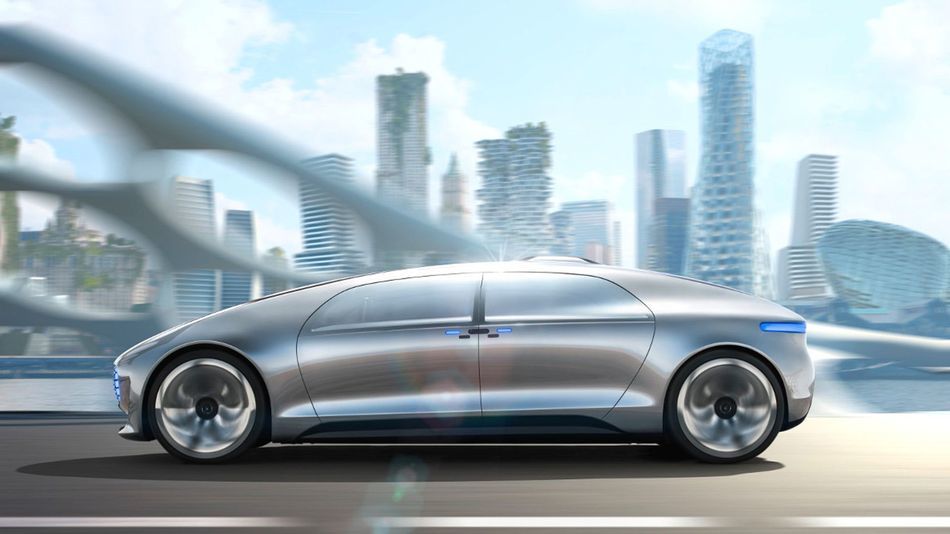
The concept of an unmanned Mercedes Benz F 015 without windows and rear-view mirrors
For years, everyone has become accustomed to the fact that rear-view mirrors are an essential element of a car. On modern cars, three rear-view mirrors are usually installed: one in the cabin above the windshield and two outside on the front doors.
The appearance of the mirrors has hardly changed since 1911, when this innovative element was installed on a racing car Marmon Model 32 Wasp above the steering wheel. American riders Ray Harrun and Cyrus Hatchke realized that using a gadget is convenient to monitor the traffic behind the car. And they did not lose - an extraordinary reception helped them win the Indianapolis 500 race.

Marmon Model 32 Wasp - the first ever car with a rearview mirror
')
Soon the mirror became a necessity not only in racing, but also in the usual traffic on city streets. In countries with a large traffic flow, one rear-view mirror was added to the cars to the left of the driver, and then to the right, for a better view. Later mirrors have become mandatory equipment of civilian cars. Now for their absence, a fine is imposed.
When developing new cars, designers and engineers find different ways to get rid of bulging “ears” on the sides of a streamlined futuristic concept car. In some models, the “ears” are folded with the help of electric motors, pressing them against the car body. This design is implemented even in several production models.
A more advanced replacement of three mirrors at once is a large display in the cabin, which displays a picture from video cameras installed around the perimeter of the car. Concepts with a display instead of rear-view mirrors are very popular among designers. Automobile exhibitions often exhibit similar exhibits. Unfortunately, such concepts remain only in the fantasies of designers, because the norms of technical regulations in most countries prohibit the admission to the operation of such a vehicle.
When Google began testing the prototype of an unmanned vehicle of its own production, it was forced to equip cars with mirrors, pedals and other rudiments of old cars adapted for the human body. Ideally, in the car of the future there should not be superfluous elements that complicate the design - neither the steering wheel, nor the pedals, nor the steering wheel, only the “Go” button.

Google unmanned car on Mountain View, equipped in accordance with the requirements of the National Transportation Safety Management of the United States, 2015
Even the driver's seat in the future can be replaced by a bed, and instead of the windshield to put a convenient screen for the demonstration of films. If necessary, the displays around the perimeter of the cabin in place of car windows switch to “transparency mode”, that is, they begin to show a picture from the video cameras outside.

The concept of an unmanned Mercedes Benz F 015 without windows and rear-view mirrors

Mercedes Benz F 015 unmanned vehicle concept at CES 2015
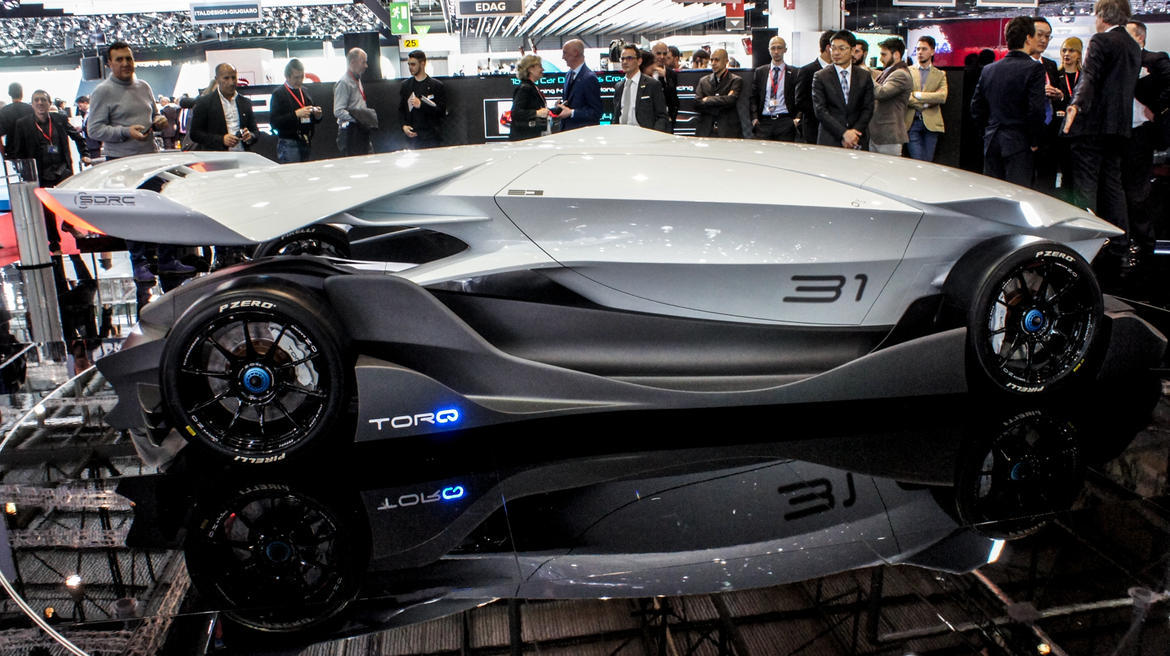
The concept of an unmanned electric vehicle Torq at the 2015 Geneva Motor Show
Pilotless cars without windows and rear-view mirrors are a distant future, but now you can replace the usual mirrors with an electronic display. The easiest way to do this is to place the display directly in place of the rear-view mirror in the cabin, as Nissan suggests .
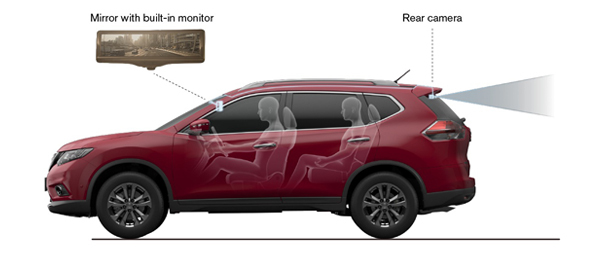
Nissan Smart Rearview
This is preferable from the point of view of security, because the display with wide-angle cameras provides better visibility than ordinary mirrors. Cameras cover the "blind spots" that are behind and to the side of the car and are not visible in the mirrors.
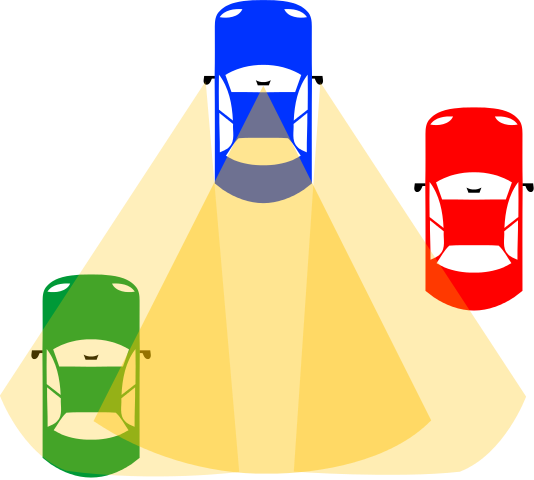
The driver of the blue car sees a green car in the rearview mirror, but does not see the red
In addition to displaying blind spots, display camcorders can improve visibility in other ways. For example, to display additional contextual information and improve the image in poor visibility conditions, in rainy weather or in darkness. For example, at night, cameras in the infrared range will show video as night vision devices.

In rainy weather on the "smart mirror" the picture remains clear and clear

Computer video processing system suppresses flare from the sun or fog lamps behind a car
The ideas of automotive designers are getting closer to reality. In May 2016, Japan became one of the first countries in the world to authorize the use of civilian vehicles on general purpose roads with video cameras and displays instead of rear-view mirrors. New rules entered into force on June 17, 2016.
A representative of the Japan Road Transport Bureau explained that the standards of visibility for automobile mirrors are set by the UN. Until now, computer monitors and video cameras did not have sufficient characteristics to meet these standards, but in recent years, the quality of the images on the screens has improved. Thanks to technical progress, there is now every reason to replace traditional mirrors with LCD monitors.
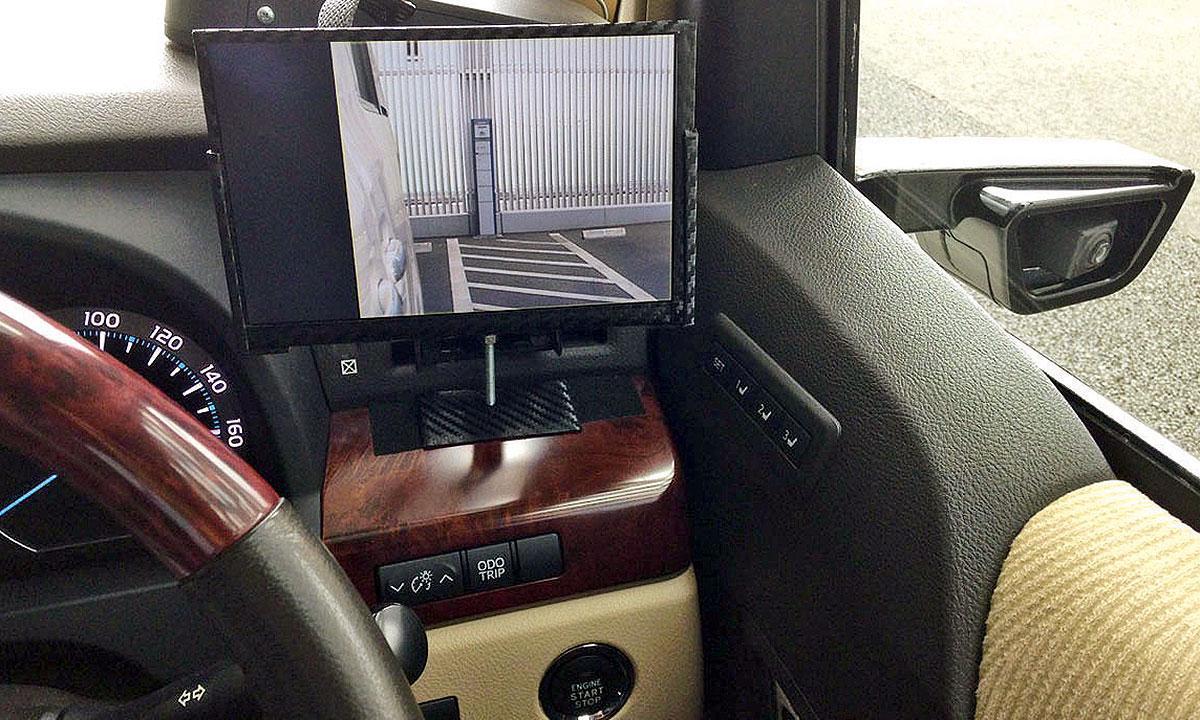
The display in the cabin shows a picture from the rear view camera
Among automobile exporters, Japan was the first to take such a step, which gives a certain competitive advantage to local manufacturers. Apparently, it is Japan that will release the world's first production cars without rear-view mirrors. The initiative of regulators was actively supported by manufacturers of automotive components and accessories, including the Japanese company Ichikoh Industries and the German Robert Bosch.
“Our job is to improve visibility on the road with the help of lights and mirrors, and now also with the help of video cameras,” said Ali Ordoobadi, executive director of Ichikoh Industries, which manufactures car accessories. For him, it is an opportunity to expand the range of products and increase sales: “This is a change in technology, something like a fracture. Absolutely new segment with more expensive equipment, which means the possibility of increasing profits. This is a new trend, and we intend to overtake the rest here. ” On June 28, 2016, Ichikoh Industries released the first cabin display with rear-view display, the Smart Rear View Monitor. The company claims that the first among all the OEMs in the world has released such a display. Another Japanese company, Murakami Corp., will follow its example soon.
In addition to safety improvements, the rejection of rear-view mirrors on the side doors improves aerodynamics, which means a slight decrease in fuel consumption. Anyway, the car without the "ears" looks more attractive from an aesthetic point of view.
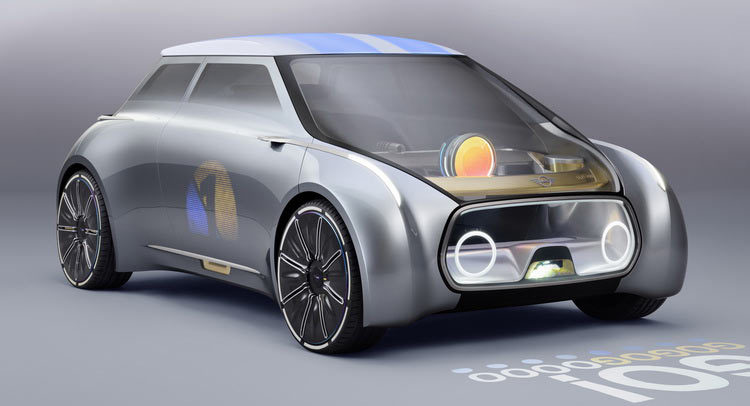
MINI Vision Next 100 Concept
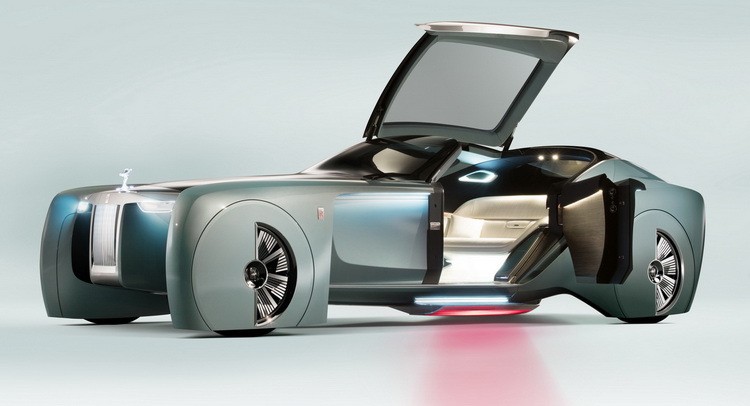
Rolls Royce 103EX Concept
Experts expect that, following Japan, the mandatory requirement for the installation of rear-view mirrors will also abolish the European Union in the near future. In the US, new legislation is expected to come into force in 2018. In the coming years, China will follow the example of these countries.
According to the forecast of Ichikoh Industries, by 2023 approximately 29% of new cars in Japan will be sold with computer rear-view monitors in the cabin.
The introduction of new technology will not go too fast, because drivers with experience for many years got used to the mirrors and it will be difficult for them to give up their habits.
Source: https://habr.com/ru/post/395951/
All Articles